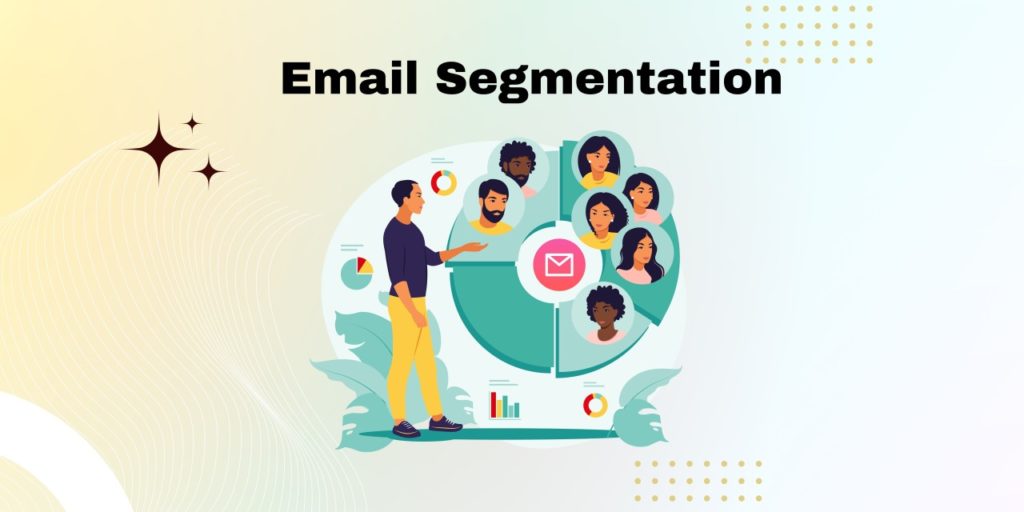
Email marketing is one of the most effective ways to engage with customers and drive revenue growth. However, sending generic emails to your entire customer base can lead to low open rates and high unsubscribe rates. That’s where email segmentation comes in – it allows marketers to send targeted messages that are relevant and personalized to each individual recipient. Here are some best practices for email segmentation.
- Define Your Segments: Determine what criteria you want to use for segmenting your audience such as demographics/behavioral characteristics/past purchase history/etc., creating specific groups based on certain attributes
- Personalize the Content : Use dynamic content which changes according to individual preferences or behavior patterns leading towards higher engagement levels
- Timing Matters : Send emails at times when recipients are most likely to be engaged/open emails , increasing chances of conversion rate
- Test Often : Conduct A/B testing experimenting with different elements such as subject lines/copy/design/etc., optimizing effectiveness over time
- Automate When Possible: Utilize automation tools like triggers/drip campaigns/welcoming series etc., streamlining workflows while also providing timely communication with audiences .
- Monitor Results & Refine Strategies: Track metrics such as open rates/click-through-rates/conversion rates/etc., using data insights gathered from analytics further refine strategies over time.
By implementing these best practices into their email marketing strategies, marketers can create highly-targeted campaigns resulting in increased engagement levels among customers whilst also driving conversions/revenue growth over time!
